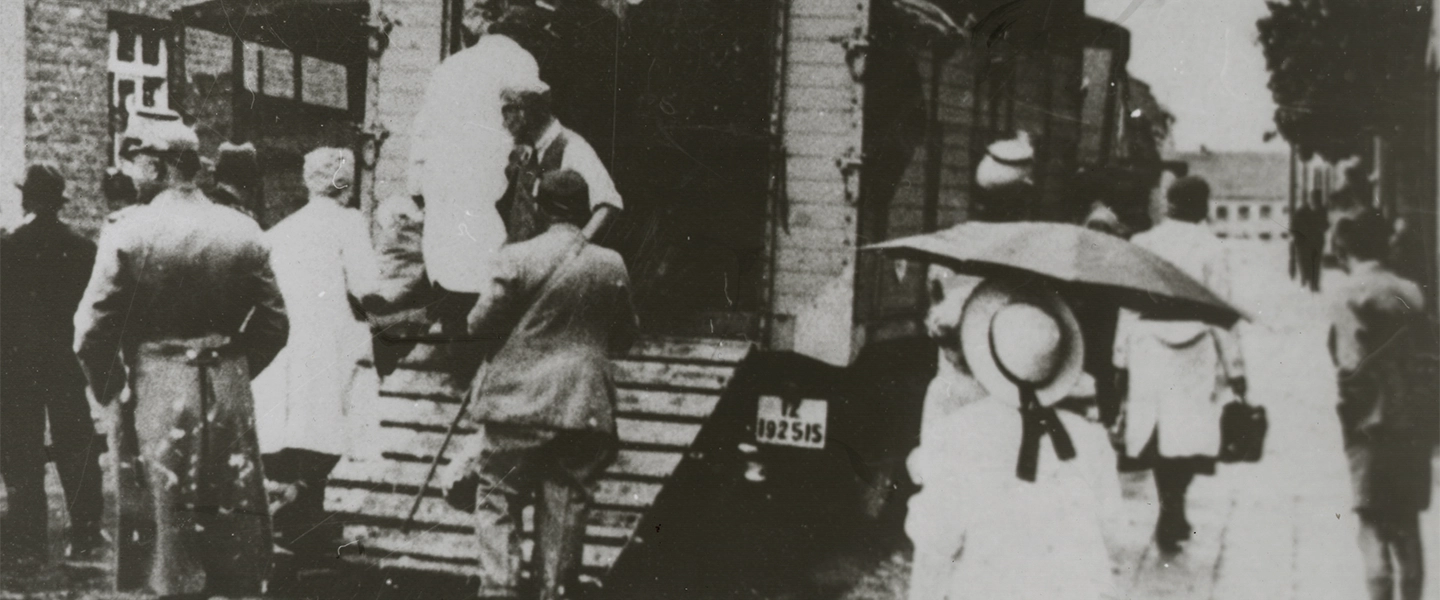Some Were Neighbors
Choice, Human Behavior, and The Holocaust
When: September 8th - December 8th, 2025
Where: Belmont University's Lila D. Bunch Library – 1907 Belmont Blvd – Nashville, TN
This exhibit explores the vast difference in the ways ordinary people displayed great courage or willful complicity in the face of devastating violence during the rise of Hitler’s Germany. Neighbors made choices. Some acted with bold courage, while others stood idle as friends, neighbors, and colleagues were victimized.
The main focus of the exhibit is to offer Holocaust remembrance and education for students, faculty and members of the greater Nashville community. The exhibition is centered around a set of 21 large posters, provided by the United States Holocaust Memorial Museum, that share the story of the Holocaust and the role various groups within a community played during the violence.
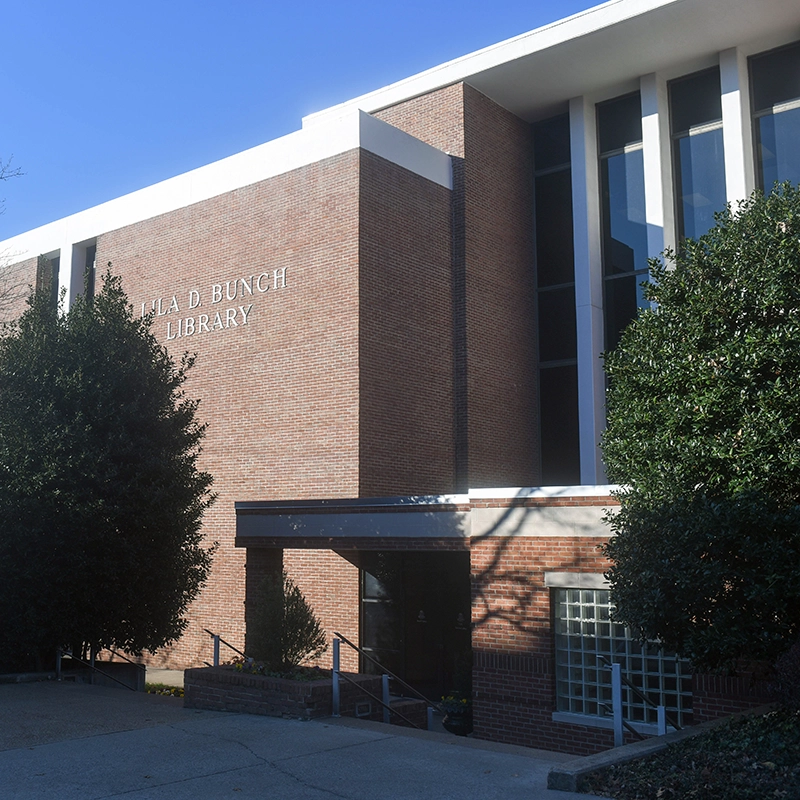
Sept. 8th – Dec. 8th, 2025
Belmont University is honored to have the distinction of being the first University in the nation to host this exhibit. The University appreciates the financial support of the Maria & Bernie A. Pargh Family Foundation as the lead sponsor for this exhibit. The exhibit will be housed in the Leu Gallery which is located on the first floor of Belmont’s library. The exhibit is open to the public during regular library hours. The exhibit runs from September 8th – December 8th, 2025.
Why?
Many people across Europe joined the Nazi regime’s persecution and murder of European Jews during the Holocaust. Even in once-peaceful, tolerant communities, people turned against their Jewish neighbors. Why? And what moved a rare few to help those in danger? Amid the turmoil of war, ordinary motivations—fear, greed, compassion—led people to make choices that had life-and-death consequences.
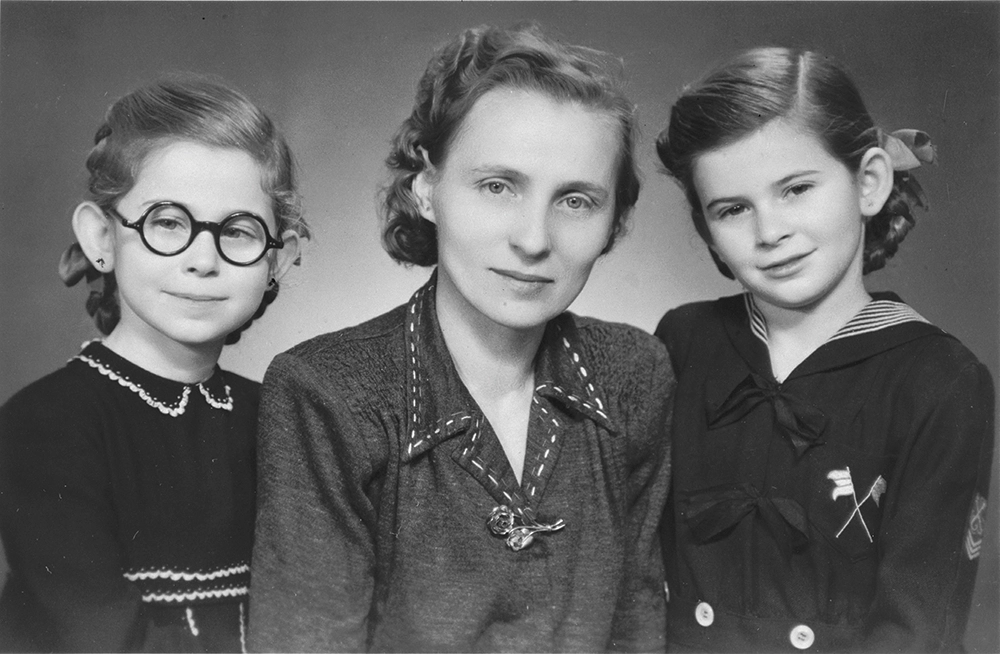
Nanny Frantiska Prva (center) cared for Renate (left) and Sylvia Schonberg after their parents obtained false papers to protect them from deportation from Hungary. Neither parent survived. The girls survived the war passing as non-Jews. US Holocaust Memorial Museum, courtesy of Renate Schonberg Winston
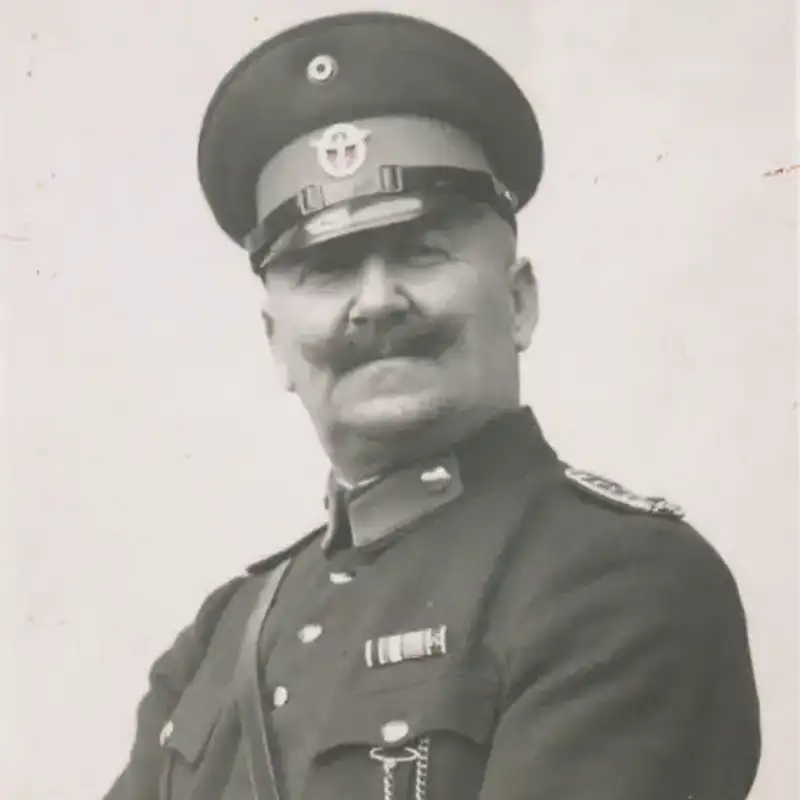
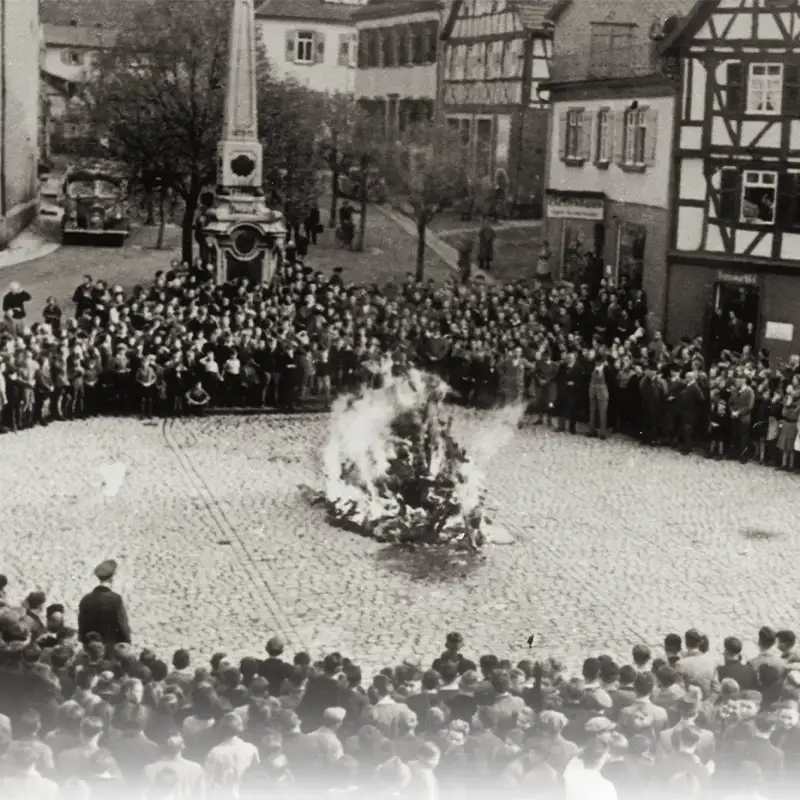
Teachers take students to watch SS men burn synagogue furnishings. Mosbach, Germany, November 10, 1938. -Mosbach Stadtrachiv; Hauptstaatsarchiv Stuttgart
Events & Opportunities
About the Memorial
The mission of the Nashville Holocaust Memorial is to offer Holocaust rememberance and education for the greater Nashville community. The Memorial provides a place for Nashville Holocaust Survivors and their descendents to recognize and honor theirr loved ones, many of whom have no graves. It is an educational opportunity to learn about the Holocaust through their personal stories. Through this education, the Memorial encourages activism to fight antisemitism and all forms of hatred.
Find Out MoreAbout the "Some Were Neighbors" Exhibit
The "Some Were Neighbors: Choice, Human Behavior, and the Holocaust" exhibit, in cooperation with the US Holocaust Memorial Museum, explores the vast differences in the ways ordinary people displayed great courage or willful complicity during the rise of Nazi Germany. Neighbors made choices. Some acted with bold courage, while others stood idle as friends, neighbors, and colleagues were victimized.
Tours concurrent with the "Some Were Neighbors" Exhibit at Belmont University
October 9 – December 9, 2025
Campus of the Gordon Jewish Community Center
801 Percy Warner Blvd
Nashville, TN 37205
| When | Date |
|---|---|
| Thursday | October 9, 1:00 PM |
| Thursday | October 23, 1:00 PM |
| Thursday | November 13, 1:00 PM |
| Saturday | November 15, 1:00 PM |
| Monday | November 24, 10:00 AM |
| Saturday | December 6, 1:00 PM |
| Tuesday | December 9, 10:00 AM |
Additional dates can be arranged with two days' notice. Morning tours are at 10:00 am, afternoon tours are 1:00 pm. Saturday and Sunday tours are offered in the afternoons only.
Send Us an Email to RegisterOne of the hopes for our exhibit is to create dialogue and perspective through interfaith conversations. Our planning team is creating partnerships between Christian and Jewish faith communities. The goal is to enlist 5 of each type congregation. Each Christian congregation will be paired with a Jewish congregation. At least 12-15 members of each congregation will be enlisted for this project. On a mutually agreed upon date, the two groups will meet at Belmont to visit the exhibition. A meal will be provided on campus following the exhibition visit, during which a guided conversation involving several thoughtful questions will be discussed.
On November 9-10, 1938, Nazi leaders unleashed a series of pogroms against the Jewish population in Germany and recently incorporated territories. This event came to be called Kristallnacht (The Night of Broken Glass) because of the shattered glass that littered the streets after the vandalism and destruction of Jewish-owned business, synagogues, and homes. On the anniversary of this event, Belmont will host a special viewing of a Holocaust related film.
- Materials related to Holocaust Education will be included in the Freshman anthology and will be included in Freshman Seminar discussions
- Honors Symposium will feature Holocaust Education
- Local Holocaust survivors will be available to meet with university classes for presentation and Q&A
- A list of educational materials, resources, films, etc. will be featured in the library special collections
- Materials, directly related to the exhibit, will be printed and made available in the library
- Members of the Jewish Student Association will serve as docents on a request basis
Belmont looks forward to welcoming local school groups, both public and private, to campus to view the exhibition. School groups will view the exhibition, will be hosted for lunch, and will have the opportunity to learn from a Holocaust survivor. Teaching materials, lesson plans, and additional resources will be made to teachers and educators prior to group visits.
Below are resources available for planning a field trip to the exhibit along with a QR code you can print of and scan, or tap to view the URL.
Some Were Neighbors Field Trip Invitation
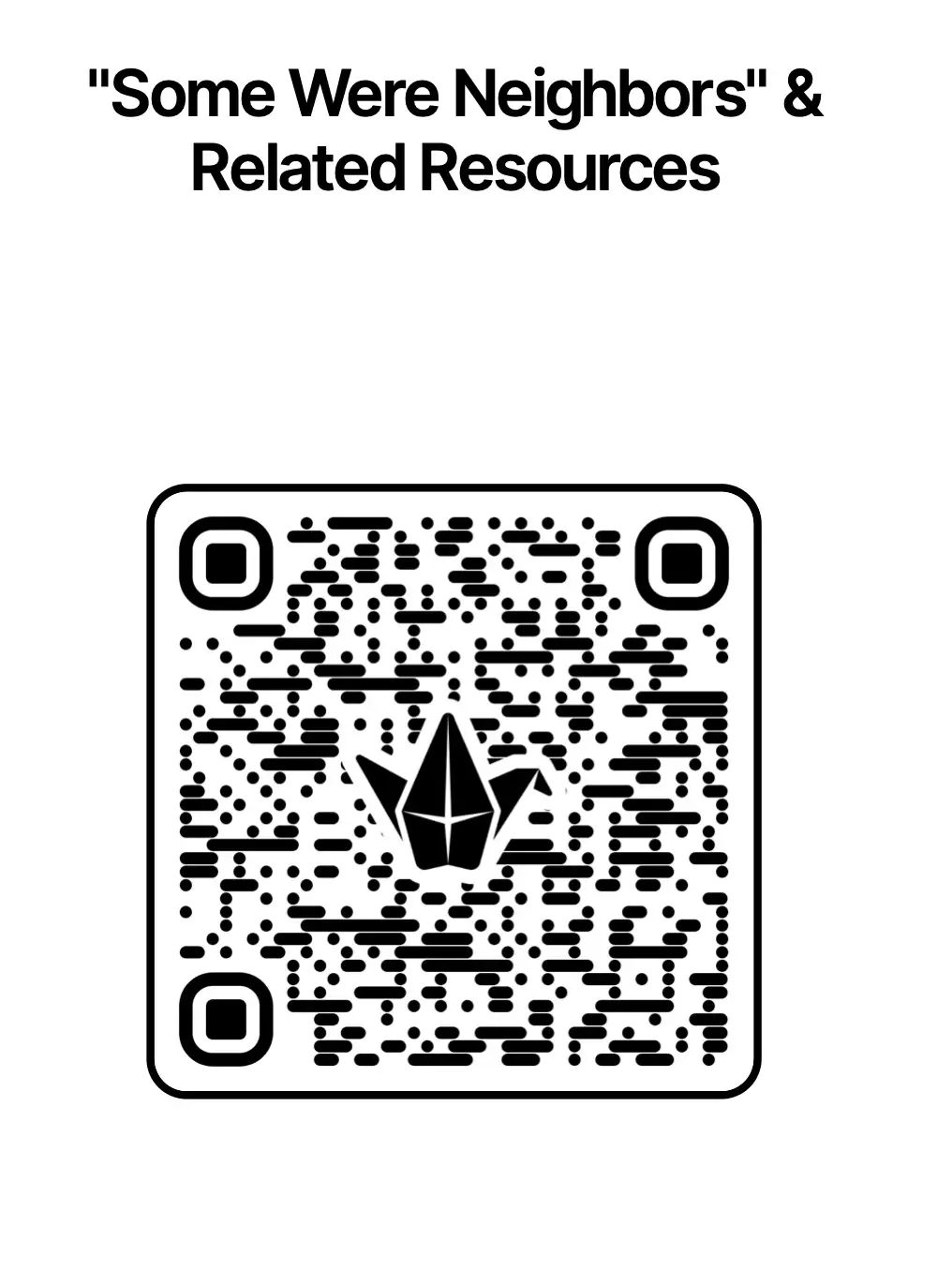
Download QR code for printing
Or manually visit:

